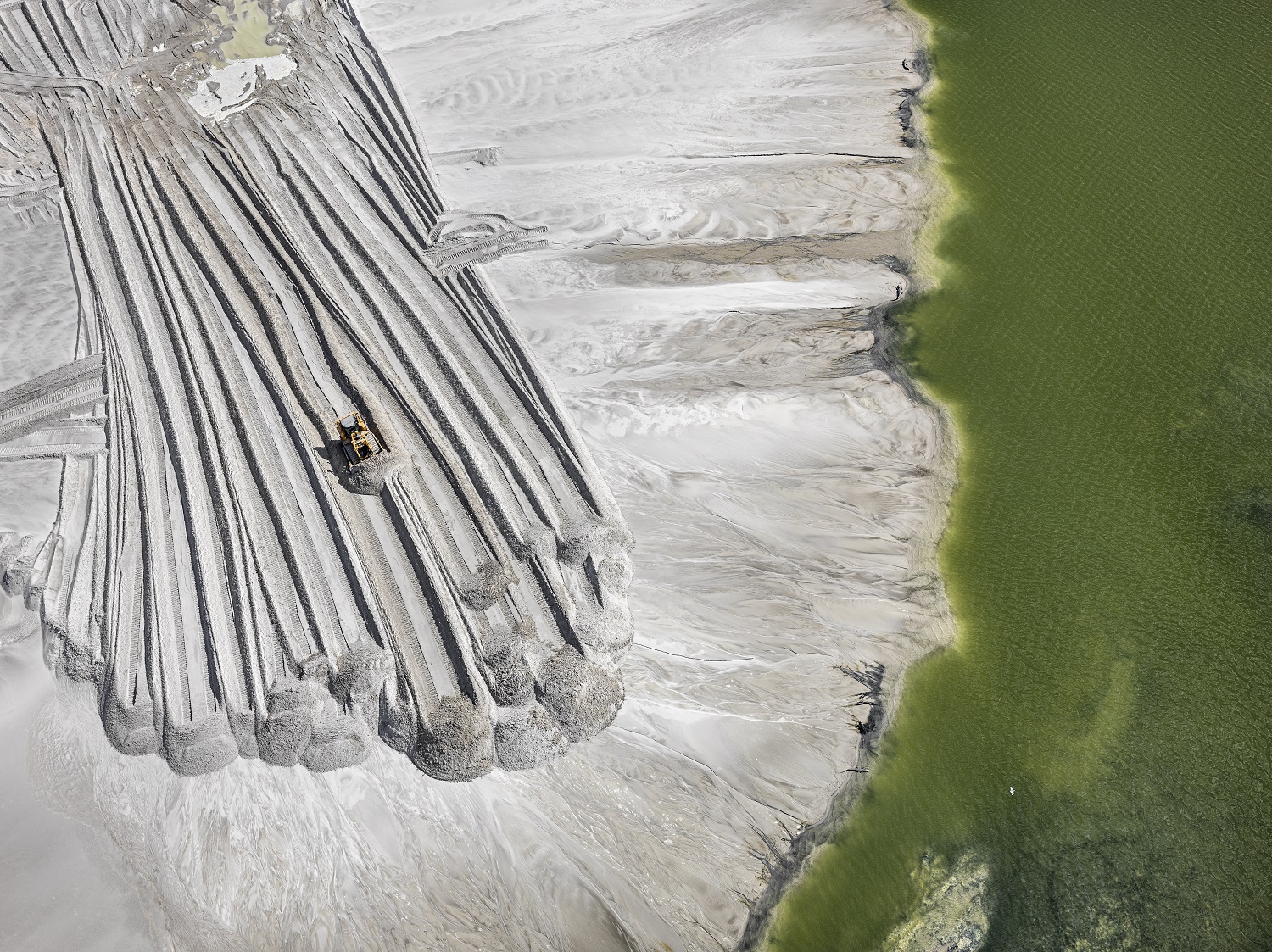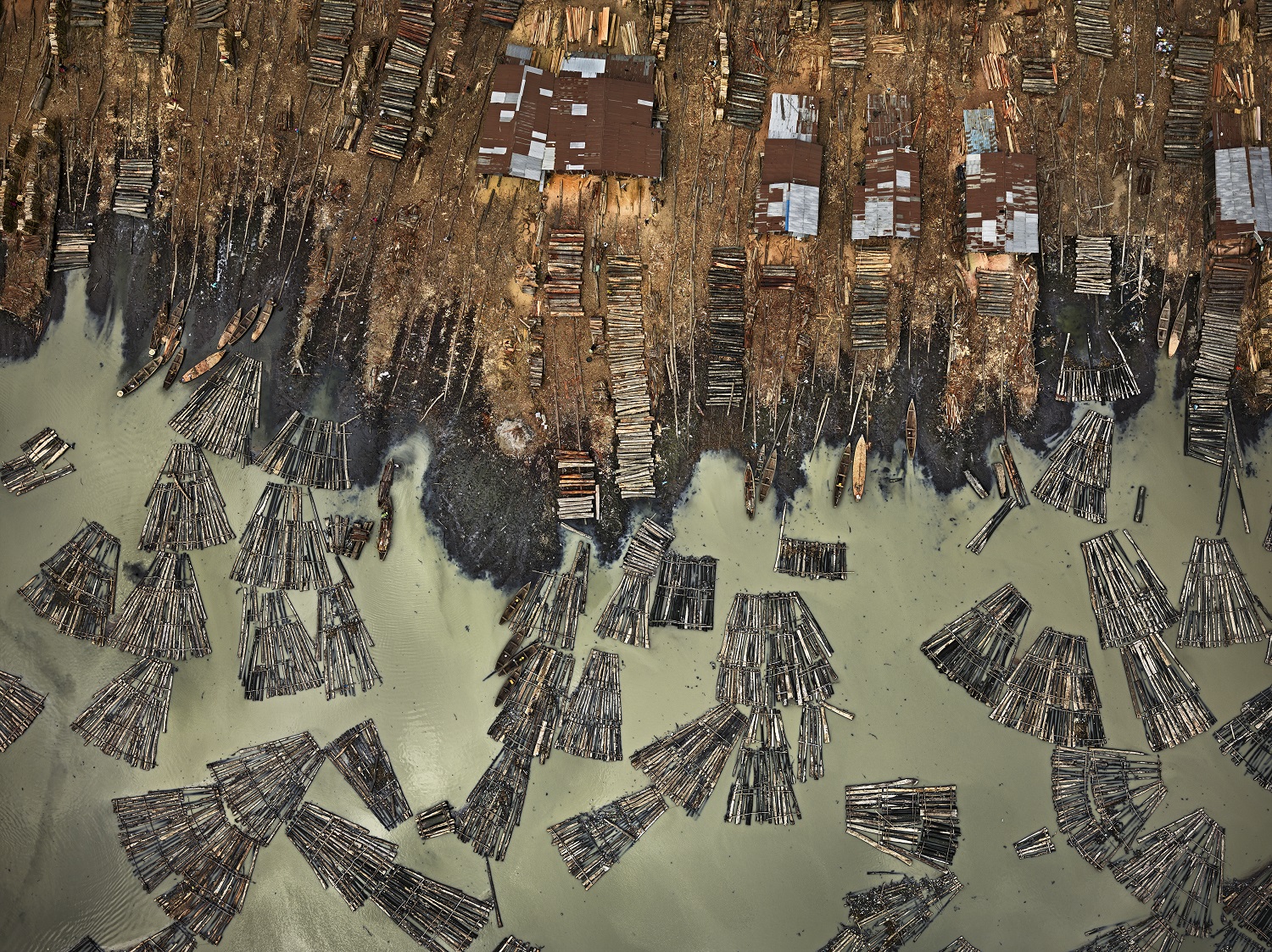Big news! AGO and NGC co-present Anthropocene

Edward Burtynsky: Lithium Mines #1, Salt Flats, Atacama Desert, Chile, 2017. Inkjet print, 58 ½ x 78 inches. Courtesy of the artist and Nicholas Metivier Gallery, Toronto. © Edward Burtynsky, 2017.
Next fall, the AGO and the Canadian Photography Institute (CPI) of the National Gallery of Canada (NGC) will co-present Anthropocene, a major new contemporary art exhibition that tells the story of human impact on the Earth through film, photography and new experiential technologies. Co-produced with MAST Foundation, Bologna, Italy, the exhibition is a component of the multidisciplinary Anthropocene Project from the collective of photographer Edward Burtynsky and filmmakers Jennifer Baichwal and Nicholas de Pencier. Organized by the artists in partnership with the three organizations, Anthropocene will run at both the AGO and NGC from September 2018 through early 2019.
The Anthropocene Project is based on the research of an international group of scientists making a case to formally change the name of the present geological epoch from Holocene to Anthropocene – the “Human Epoch.” This name change—a controversial idea currently under vigorous and passionate international debate—would represent a formal recognition and acknowledgement of what Burtynsky, Baichwal and de Pencier call the “human signature” on the planet. This scientific research has greatly influenced Burtynsky, who has been investigating human-altered landscapes in his artistic practice for 35 years, and directly relates to themes explored in the ongoing film and video work of Baichwal and de Pencier.
The exhibition adds to the first retrospective of Burtynsky’s works titled Manufactured Landscapes (2003), organized by the NGC, as well as the three artists’ trilogy of films—Manufactured Landscapes (2006), Watermark (2013), and Anthropocene (expected 2018)—as a major vehicle to raise awareness of these important issues in sharp, visually compelling detail. The exhibition will feature new Burtynsky photographs illustrating themes such as resource extraction and climate change, large murals created using cutting-edge photographic technologies and powerful high-resolution video installations. Visitors will come away with a lasting sense not only of humanity’s collective impact on the planet, but also their individual impact.
“Climate change is a global phenomenon that cannot be ignored. By bringing together contemporary art with environmental science and anthropology, our two museums will lead a global conversation with a uniquely Canadian perspective about matters that impact us all,” said Stephan Jost, the AGO’s Michael and Sonja Koerner Director, and CEO.
“Edward Burtynsky, Jennifer Baichwal and Nick de Pencier are Canadian artists who are at the very forefront of their fields,” added Marc Mayer, Director and CEO of the National Gallery of Canada. “These exhibitions demonstrate the power of art to engage us aesthetically and intellectually on issues of pressing concern.”
Co-curated by AGO Curator of Photography Sophie Hackett, CPI Associate Curator Andrea Kunard and MAST Curator Urs Stahel, Anthropocene will include several distinct elements created especially for the museum installations.
“Our ambition is for the work to be revelatory, not accusatory, as we examine human influence on the earth both in planetary scale and geological time. Humans now change the earth’s system more than all natural forces combined, and we want to bear witness in an experiential way to these lasting impacts. The shifting of consciousness is the beginning of change,” the artists emphasized.
The simultaneous installations at the AGO and NGC are distinct experiences with certain key works appearing in both venues. More details, including dates and subsequent venues, will be announced soon. Follow #AnthropoceneProject for updates – this is one you definitely won’t want to miss.
Are you an AGOinsider yet? If not, sign up to have stories like these delivered straight to your inbox every week.
Presenting Sponsor
Presenting Sponsor
In Partnership with
In Partnership with
Lead Supporter
Lead Supporter
Generous support from
Generous support from
Generous assistance from
Generous assistance from
With additional assistance from
With additional assistance from
Government Partners
Government Partners




